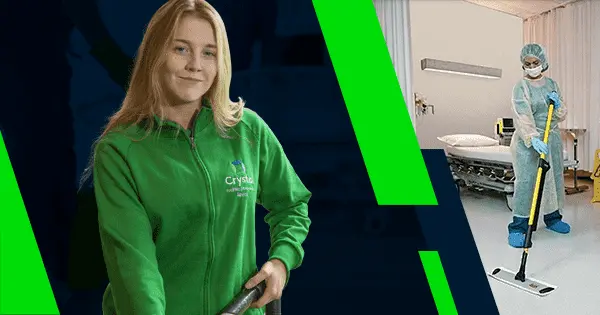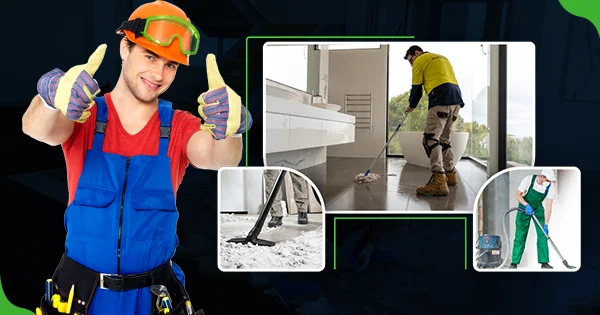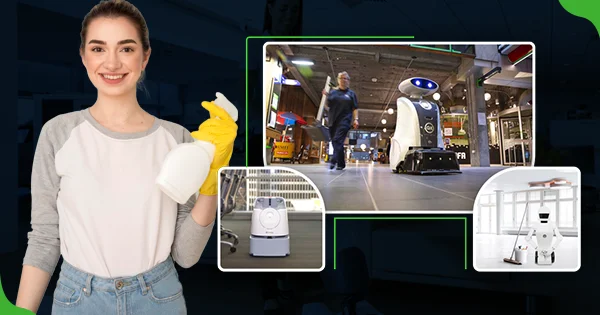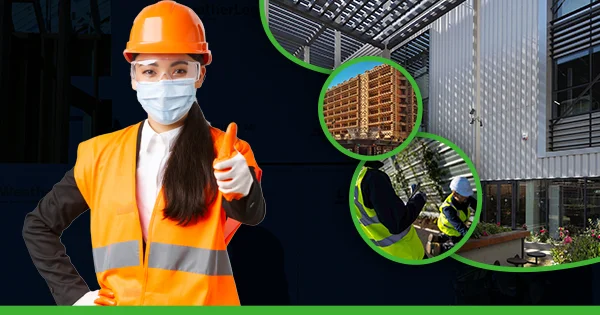Maintaining cleanliness in daycare and educational environments is of utmost importance for the health and well-being of children. These settings are often breeding grounds for germs and bacteria, as children come into close contact with each other and frequently touch surfaces. A clean and germ-free environment not only reduces the risk of illnesses and infections but also promotes a positive learning experience for children.
What Is the Difference Between Cleaning and Disinfection?
Cleaning and disinfection are two distinct processes that are necessary in daycare and educational environemnts. Cleaning removes dirt, dust, and debris from surfaces. Disinfection involves killing or inactivating germs and bacteria. Cleaning alone may not be sufficient to eliminate harmful pathogens, which is why disinfection is crucial.
Expert Tips for Effective Cleaning and Disinfection Practices
To ensure effective cleaning and disinfection practices, it is important to follow guidelines and recommendations from health authorities such as the Centres for Disease Control and Prevention (CDC) or the World Health Organisation (WHO). These guidelines provide detailed instructions on proper techniques for cleaning and disinfecting different surfaces and materials. Additionally, using appropriate personal protective equipment (PPE) during cleaning and disinfection is essential to protect oneself from exposure to harmful chemicals or pathogens. This may include gloves, masks, goggles, or aprons, depending on the task at hand.
Choosing the Right Cleaning Products for Daycare and Educational Environments
When selecting cleaning products for daycare and educational environments, consider several factors. It is important to choose products that are effective against a wide range of germs and bacteria, as well as safe for use around children. Look for products that have been approved by regulatory agencies such as the Environmental Protection Agency (EPA) or have received third-party certifications. Common types of cleaning products include disinfectants, sanitisers, detergents, and multi-purpose cleaners. Disinfectants are designed to kill or inactivate germs and bacteria. Sanitisers reduce the number of germs on surfaces. Detergents are used for removing dirt and stains, while multi-purpose cleaners can be used for a variety of cleaning tasks. For those who prefer eco-friendly and child-safe cleaning products, there are many options available. Look for products that are labelled “green” or “environmentally friendly” and avoid those that contain harsh chemicals or fragrances.
Creating a Cleaning Schedule to Maintain a Germ-Free Environment
Maintaining a regular cleaning schedule is essential to ensure a germ-free environment in daycare and educational environments. The frequency of cleaning and disinfection tasks depends on the specific needs of the facility. However, high-touch areas should be cleaned and disinfected more frequently. Assigning responsibilities and ensuring accountability is important to ensure that cleaning tasks are carried out consistently. This may involve designating specific staff members or creating a rotating schedule for cleaning duties.
Targeting High-Touch Areas for Regular Disinfection
High-touch areas in daycare and educational environments are frequently touched by multiple individuals. These areas include doorknobs, light switches, tabletops, and toys. These areas are more likely to harbour germs and bacteria, making regular disinfection crucial. Recommended disinfection methods for high-touch surfaces include using EPA-approved disinfectants or sanitisers. Follow the instructions on the product label for proper application and contact time to ensure effective disinfection.
The Role of Hand Hygiene in Preventing the Spread of Germs
Hand hygiene plays a vital role in preventing the spread of germs in daycare and educational environemnts. We should teach children and adults proper handwashing techniques, with an emphasis on washing hands with soap and water for at least 20 seconds. Hand sanitisers can also be used when soap and water are not readily available. Place hand sanitisers containing at least 60% alcohol in easily accessible locations throughout the facility.
Teaching Children Proper Cleaning and Hygiene Habits
Educating children about cleanliness and hygiene is essential for instilling good habits from a young age. Age-appropriate ways to teach children about cleaning and hygiene include incorporating it into their daily routines, using visual aids or demonstrations, and making it fun and interactive. Positive reinforcement is key to encouraging and reinforcing good habits. Praise children for their efforts in maintaining cleanliness and hygiene and provide rewards or incentives to motivate them.
Addressing Common Concerns: Allergies, Asthma, and Cleaning Products
Some individuals may have allergies or asthma that can be triggered by certain cleaning products. It is important to be aware of potential risks and concerns related to cleaning products and take steps to minimise exposure to allergens and irritants. Strategies for minimising exposure include using fragrance-free or hypoallergenic cleaning products, ensuring proper ventilation during cleaning activities, and wearing appropriate PPE to reduce contact with chemicals. Alternative cleaning product options for individuals with allergies or asthma include natural or homemade cleaners that use ingredients such as vinegar, baking soda, or lemon juice. These alternatives are often less likely to trigger allergic reactions or asthma symptoms.
Regular Monitoring and Evaluation of Cleaning and Disinfection Practices
Ongoing monitoring and evaluation of cleaning and disinfection practices are essential to ensure that they are effective in maintaining a clean and germ-free environment. Establish a system for feedback from staff, parents, and other stakeholders to identify areas for improvement. Adjust cleaning and disinfection practices based on feedback and new information from health authorities. Stay updated on the latest guidelines and recommendations to ensure that the facility is following best practices.
Maintaining cleanliness in daycare and educational environments is crucial for the health and well-being of children. Understanding the difference between cleaning and disinfection is essential. Following expert tips for effective practices is crucial. Choosing the right cleaning products is important. Creating a cleaning schedule is beneficial. Targeting high-touch areas is necessary. Promoting hand hygiene and teaching children proper habits are key. Addressing common concerns is important. Regularly monitoring and evaluating practices is vital. By implementing these measures, a clean and germ-free environment can be maintained. Commitment to cleanliness is essential for ensuring the health and safety of children in these settings.










